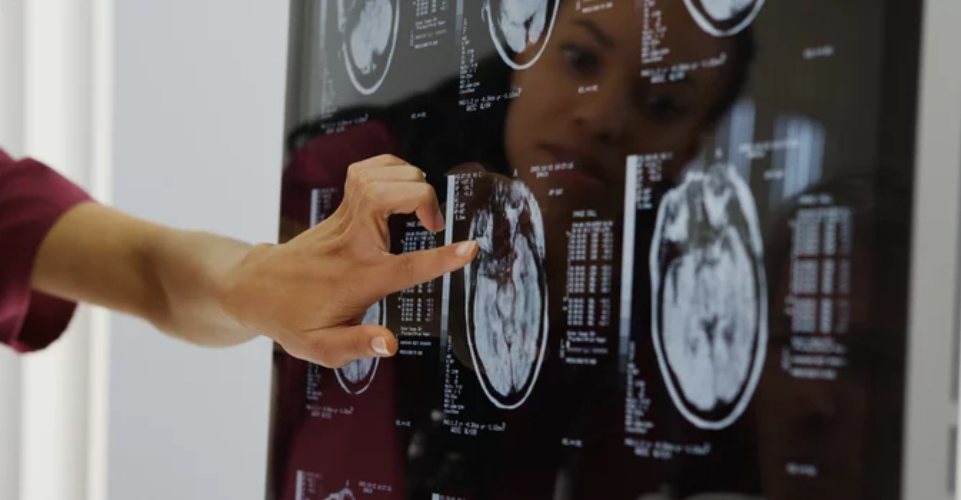Magnetic Resonance Imaging (MRI) has emerged as more than just a diagnostic tool—it is a strategic asset in modern healthcare system reform. As healthcare systems worldwide grapple with rising costs, aging populations, and the need for precision medicine, MRI plays a critical role in streamlining care, improving outcomes, and informing policy decisions. By integrating advanced imaging technologies into national health strategies, hospitals and governments can redefine the delivery of care for the 21st century.
1. MRI as a Catalyst for Evidence-Based Reform
From Diagnostic Technology to Policy Driver
MRI provides high-quality, reproducible clinical data, making it central to evidence-based healthcare reform. It allows policymakers and hospital administrators to:
- Assess population health trends
- Optimize resource allocation
- Implement preventive and personalized care programs
By leveraging MRI data, health systems can align clinical practice with measurable outcomes, reducing waste and improving patient care across the board.
2. Enhancing Early Detection and Preventive Care
Reducing Costs and Improving Outcomes
Early detection is a cornerstone of healthcare reform. MRI facilitates:
- Screening for cancers, cardiovascular disease, and neurological disorders
- Non-invasive monitoring of chronic conditions
- Targeted interventions that prevent complications
By identifying diseases earlier, MRI reduces long-term treatment costs and hospital readmissions, aligning financial incentives with patient-centered care.
3. Supporting Value-Based Healthcare Models
MRI in Outcome-Driven Care
Value-based care prioritizes quality over quantity, rewarding healthcare providers for effective, efficient treatments. MRI contributes by:
- Guiding personalized treatment plans
- Monitoring treatment response in real-time
- Reducing unnecessary procedures through accurate diagnostics
Health systems that integrate MRI into value-based frameworks enhance both clinical outcomes and operational efficiency, supporting sustainable reform.
4. AI-Enhanced MRI and System Optimization
Intelligent Imaging for Smarter Decisions
Artificial intelligence amplifies MRI’s strategic value by:
- Automating image analysis for faster, more accurate diagnoses
- Detecting subtle changes in disease progression
- Aggregating large datasets to inform policy and research
AI-enhanced MRI enables health systems to make data-driven decisions, optimize workflows, and allocate resources where they are most needed.
5. Expanding Access with Portable and Low-Field MRI
Equity and Resource Efficiency
Access to MRI is often limited in rural or underserved regions. Innovations like portable, low-field MRI allow:
- Bedside imaging in remote hospitals and clinics
- Reduced infrastructure and energy requirements
- Cost-effective expansion of imaging services
Integrating these systems into national health strategies ensures equitable access, a critical component of system-wide reform.
6. Workforce Development and Training
Preparing Healthcare Professionals for Advanced Imaging
To fully leverage MRI, healthcare systems must invest in training radiologists, technologists, and clinical staff. Effective workforce strategies include:
- Hands-on MRI training programs
- AI-assisted imaging education
- Interdisciplinary collaboration with engineering and data science teams
A skilled workforce ensures sustainable and efficient use of MRI, supporting broader healthcare reform initiatives.
7. Informing Healthcare Policy and Resource Allocation
MRI Data as a Policy Tool
MRI generates quantifiable evidence that informs:
- Health technology assessments
- Reimbursement and funding decisions
- National screening and prevention programs
Policymakers can use MRI insights to prioritize interventions, improve system efficiency, and guide long-term planning for population health.
8. Challenges and Strategic Considerations
Balancing Innovation, Cost, and Equity
Despite its benefits, integrating MRI into healthcare reform requires addressing:
- High acquisition and maintenance costs
- Infrastructure limitations, particularly in low-resource settings
- Data privacy and interoperability challenges
- Ongoing workforce training needs
Strategic planning and innovative financing models—such as public-private partnerships and leasing arrangements—can mitigate these challenges and ensure broad impact.
Conclusion: MRI as a Cornerstone of Healthcare Transformation
MRI is no longer simply an imaging tool; it is a strategic driver of healthcare system reform. By enhancing early detection, supporting value-based care, integrating AI, and expanding equitable access, MRI helps reshape clinical practice, policy, and population health strategies.
Hospitals and governments that embrace MRI strategically position themselves to deliver higher-quality care, improve patient outcomes, and achieve sustainable healthcare reform, making advanced imaging central to the future of global health systems.
Also Read :
